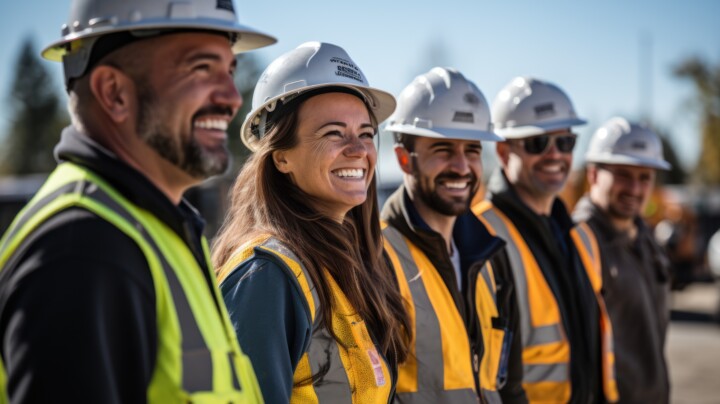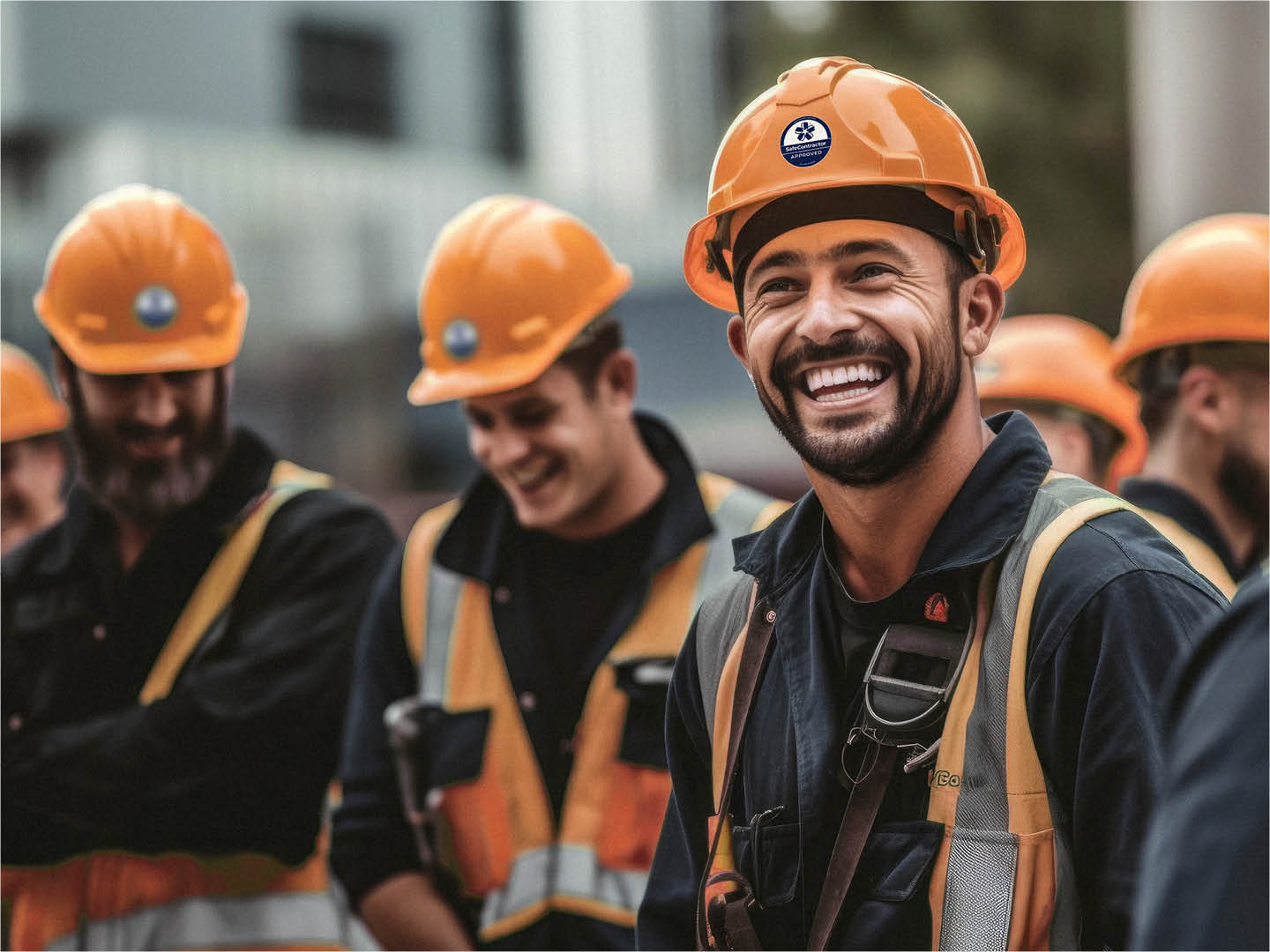


The employer runs things so they’re the ones responsible for health and safety, right?
Not exactly.
It’s a big responsibility and everyone who comes into contact with the work activity has an influence on it.
Therefore, it’s important to establish who is responsible for what when it comes to health and safety and develop a positive health and safety culture to keep everyone safe.
Identifying who is responsible for what is key to this.
As an employer, you hold most responsibility for health and safety in the workplace.
Under the Health and Safety at Work Act 1974 (HSWA), it is the employer’s duty to so far as reasonably practicable to ensure the health, safety, and welfare of their staff.
This involves weighing a risk against the trouble, time, and money needed to control it.
They specify employers should carry out the following to meet their health and safety responsibilities:
Employers must carry out a risk assessment for any hazards that could produce risks pertinent to the health and safety of employees or others.
The method statement will provide a safe way to work to address those hazards.
It’s a legal obligation to have a written health and safety policy if you employ 5 or more people. This document will help to communicate the safety procedures within the company.
This poster displays important information about health and safety responsibilities and should be displayed where every worker can see it, otherwise, the employer will need to provide leaflets.
Once you have a policy, risk assessments, and method statements written up you must share them with your employees. They’re no good if they’re left to gather dust on a shelf.
Communication is key to creating a positive health and safety culture.
First aid kits, personal protective equipment, and anything which can be used to reduce the risks posed to employees need to be provided free of charge.
Your employees need to understand the risk posed to them and how to act on them. A certain degree of health and safety knowledge will help them know to operate safely in the work they do.
Employers must provide this training to employees and contractors may also need it.
The Health and Safety at Work Act places a duty on employees, who are required to take reasonable care for their own health and safety and other people at work they come into contact with.
This means:
a. to take reasonable care for the health and safety of themself and of other persons who may be affected by his acts or omissions at work; and
b. as regards any duty or requirement imposed on his employer or any other person by or under any of the relevant statutory provisions, to co-operate with him so far as is necessary to enable that duty or requirement to be performed or complied with.
Ways an employee can meet their legal duties:
The employer has set out how the health and safety of the workplace should be managed in the health and safety policy and RAMS. It’s up to the employee to follow these guidelines.
The policies will often be reviewed and amended. These amends should be communicated to employees who need to make sure they know the latest guidelines and follow them.
Employers are required to provide training to their employees. It’s the employee’s responsibility then to follow the training and use it when they’re working.
For example, manual handling training will show employees how to pick up certain objects. It’s up to the employees to make sure they follow the training they’ve received.
Employees are the ones who are closest to the work being undertaken and are therefore more likely to spot potential hazards.
These could be ineffective PPE, faulty equipment, or a spill. It’s their responsibility to report this to the employer or a more senior employee to address the issue.
Cooperating with employers when it comes to health and safety will help develop effective health and safety policies and procedures.
Clients will need to know that you have the right skills, training, risk assessments, and policies in place to be sure you don’t pose a risk to anyone’s health and safety.
Clients also have a responsibility to make their contractors aware of the risks from the client’s activities and what controls they have in place.
What about CDM and the health and safety of contractors?
The Construction (Design and Management) Regulations 2015 (CDM) place several key duties on commercial clients. They must ensure: